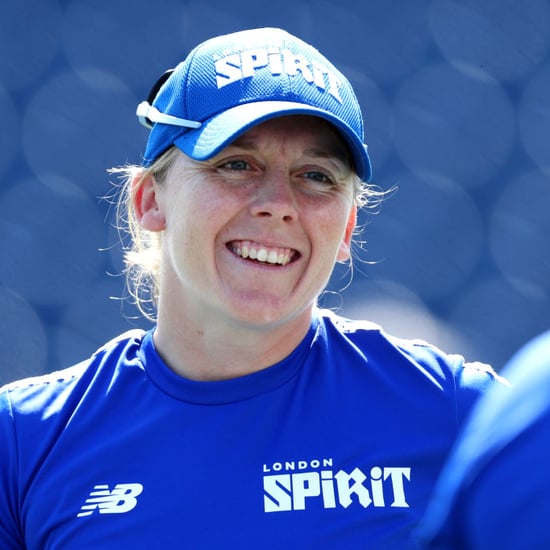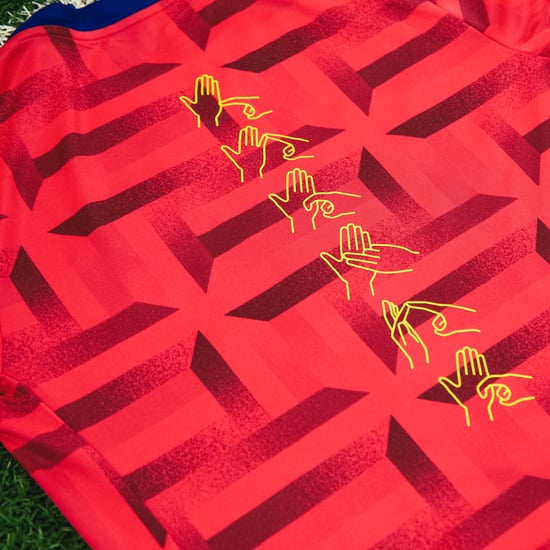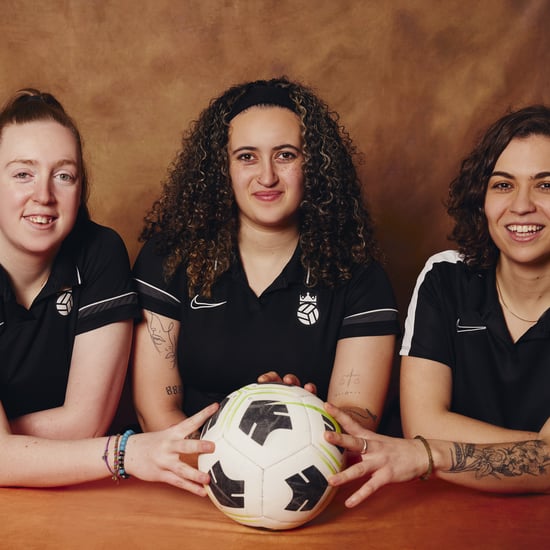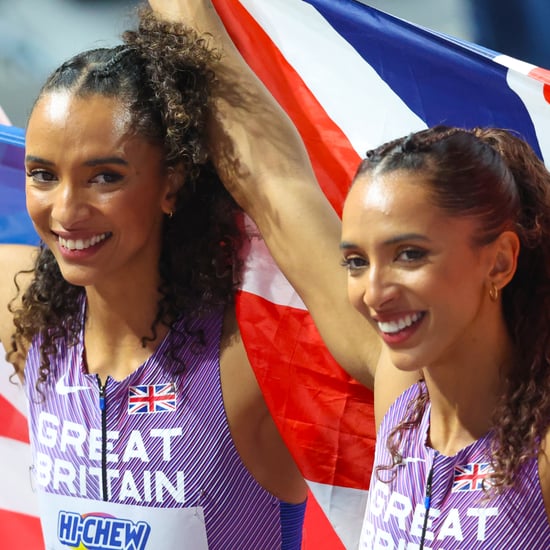How Netflix's Cheer Is Changing the Way We See Cheerleaders
Netflix's Cheer Made Me Realise How Damageing the Cheerleader Stereotype Really Is

I'll admit that before I binged Cheer, the Netflix docu-series that everyone is telling you to watch, I had a lot of misconceptions about cheerleading as a sport.
I respected what they did on the mat and acknowledged that, OK, getting flung up into the air and flipping down a thin strip of padding requires some athletic ability and guts. But I never really questioned the stereotype of most cheerleaders as popular, perfect people, or challenged the pervading idea that cheer wasn't really a sport-sport, even though it required athleticism. Even movies like Bring It On, which (despite their Hollywood-ized plots and characters) showed cheerleaders as real kids with real problems, weren't enough to dispel the image of cheerleaders as bubbly, pretty, and more or less perfect.
Those misconceptions didn't last long after I started watching Cheer. "There's a stereotype of cheerleaders. This shows that [it's] really not true," said Monica Aldama, head coach of the Navarro College cheer squad that serves as the subject of the series. "Not only are they true athletes, but they're just normal people with real problems." As the show progresses, it slowly reveals the deep, complex challenges the cast faces, far beyond making mat or nailing their pyramid. Growing up, flyer Morgan Simianer struggled with mental health and familial neglect; tumbler Lexi Brumback got into fights and was arrested; stunter Jerry Harris, the show's ray of sunshine, lost his mom at a young age; multi-talented "cheerlebrity" Gabi Butler seemed to have it all, but was overwhelmed with professional obligations and a controlling family; stunter-tumbler La'Darius Marshall was viciously bullied for his sexuality.
"They all come from different backgrounds," Monica told POPSUGAR. "It really, I think, has shown a lot of people that they can do this, too. You don't have to come from a certain background . . . Anyone can do something that they're passionate about, and they can be successful if they just put in the work."
"The work" here is the sheer athletic ability and effort it takes to be a champion in competitive cheerleading. "A cheerleader works so hard," Jerry said. "They pay their dues at practice." That's an understatement. In Cheer, we watched these athletes grit their teeth through injuries that should have sidelined them from their gravity-defying stunts; at one point, a doctor tells Morgan that she's risking serious rib injuries if she continues to perform. (She does.)
"It's just how hard we work and the type of people that we are," Morgan explained. "We're motivated and we want to be better than we were yesterday, and [that's] true of any athlete in any sport." And, just like with any other sport, cheerleading affects its athletes in ways that go far beyond the physical. "You learn so many life lessons," Lexi said, "that you take with you . . . after cheerleading."
Bottom line, Cheer isn't just a binge-able documentary series. The show and its cast are also changing our perceptions of who cheerleaders are and underscoring what it takes to be the best in any sport, both the physical grind and the emotional hardships. "A lot of people that have reached out to me said they had no idea of the work that we put in," Monica said. "How hard it was, the commitment, the dedication, the grit that these kids have." It was the challenge that this pervasive and damageing stereotype needed, a moment in which one determined team was able to redefine their sport and give these fierce, athletic competitors the recognition they deserved.








